What is the Biophilic Design?
Have you ever heard of the term ‘biophilic design’ before? If you haven’t, prepare to have your world rocked!
Biophilic design is something that can be applied to both architecture and interior design, and it is all about incorporating natural elements into these spaces to make them feel more connected to the outdoors. Studies have shown that being surrounded by greenery and natural elements can have a positive impact on our mental health, physical health, and general well-being.
So, why not bring a little bit of the outdoors inside?
Furthermore, it is a concept that recognizes our innate connection with nature and seeks to bring elements of the natural world into our built environments. In an era where technology dominates our lives and urbanization is on the rise, biophilic design offers a refreshing approach to architecture and interior design.
In other meaning, this concept refers to creating spaces that connect people with nature. It’s not just about plants and greenery though, it includes natural light, air quality, and the use of natural colors and materials.
| Eye-relaxing green couch beside a green potted plant, Photo by Oesch Jonathan |
Biophilic design and Biophilic interior design are becoming increasingly popular in architecture and interior design, and for good reason. Not only does it make spaces more visually appealing, but it can also improve our mental health, productivity, and even physical health.
So, keep reading to learn more about this magical design and how it can transform your living or working space. This blog post explores also the emergence of biophilic design, and its key characteristics, and provides inspiring examples of how it can be implemented in various settings.
Emergence of Biophilic Design
The design emerged as a response to the increasing disconnection between humans and nature. As people spend more time indoors and urbanization takes over natural landscapes, there is a growing need to reintegrate nature into our daily lives.
The term "biophilia," coined by biologist E.O. Wilson, refers to the instinctive bond humans have with nature. Biophilic design seeks to harness this connection and create environments that promote well-being and productivity.
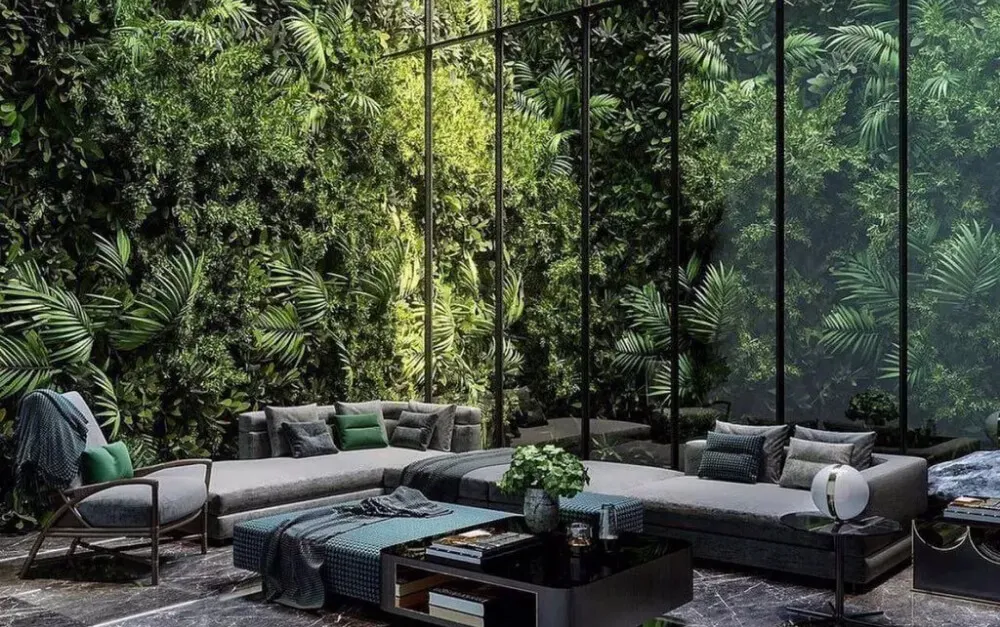 |
| A practical example of Biophilic Design, Photo: Pinterest |
Are Sustainable Architecture and Biophilic Design Related?
Now, having known what biophilic design stands for, a question might come immediately to mind: Are sustainable architecture and biophilic design two distinct concepts or related? Although they can overlap and complement each other in certain aspects, here are the key differences between the two:
Focus:
Sustainable architecture primarily focuses on minimizing the negative environmental impact of a building or product throughout its life cycle. It emphasizes energy efficiency, resource conservation, waste reduction, and the use of eco-friendly materials and technologies.
The goal of sustainable design is to create a more environmentally responsible and efficient built environment.
Biophilic design, on the other hand, focuses on integrating natural elements and principles into the design to improve human well-being and connection with nature. It seeks to create environments that mimic natural settings, incorporating elements such as natural light, greenery, water features, and natural materials.
Its aim is to enhance human health, productivity, and overall quality of life by fostering a stronger bond with nature.
Objectives:
The sustainable concept aims to reduce the environmental impact by addressing issues like energy consumption, water usage, waste management, and carbon footprint. It strives to create long-term solutions that minimize harm to the planet and promote home improvement for sustainable living.
On the other hand, Biophilic interior design focuses on improving the well-being of individuals within the indoor built environment. It seeks to create spaces that enhance mental and physical health, reduce stress, and increase productivity by incorporating natural elements.
Additionally, it recognizes the inherent connection between humans and nature and aims to nurture that connection through design.
Scope:
Sustainable design is a broader concept that encompasses various aspects of environmental responsibility, including energy efficiency, renewable energy, water conservation, waste reduction, and sustainable materials.
It addresses the overall impact of a building or product on the environment.
While Biophilic design can contribute to sustainable design goals, it has a narrower focus on incorporating natural elements and principles into the built environment to improve human well-being. It emphasizes the psychological and physiological benefits of connecting with nature.
Implementation:
The first design is often implemented through strategies such as passive design, energy-efficient systems, renewable energy sources, recycling programs, and sustainable material choices. It requires careful planning and consideration of the environmental impact at different stages of a project.
On the other side, the second design is implemented through the integration of natural elements into the design, such as incorporating natural light, introducing greenery, utilizing natural materials, and creating connections with outdoor spaces. It often involves thoughtful architectural and interior design choices that prioritize the human-nature connection.
In summary, sustainable architecture focuses on reducing environmental impact, while biophilic design focuses on improving human well-being and connection with nature. While they have distinct objectives, both concepts are important in creating a more harmonious and responsible built environment.
Key Characteristics of the Biophilic Design
Biophilic design incorporates various elements to mimic nature and create a harmonious environment. These characteristics include:
a) Natural Light and Views:
Maximizing natural light and providing views of the outdoors can improve mood, enhance productivity, and reduce stress levels. Strategically placed windows, skylights, and open spaces allow for a seamless connection with nature.
b) Natural Materials and Textures:
Incorporating natural materials like wood, stone, and plants adds a tactile and sensory experience to the built environment. These materials evoke a sense of grounding and authenticity, promoting a closer relationship with nature.
c) Biomorphic Forms and Patterns:
Including organic shapes, curves, and patterns found in nature can create a sense of tranquility and visual interest. From furniture to architectural details, these design elements blur the lines between indoors and outdoors.
d) Indoor Plants and Greenery:
Integrating living plants indoors not only enhances aesthetics but also improves air quality and creates a calming atmosphere. Vertical gardens, plant walls, and potted plants bring nature closer to us, even in urban environments.
e) Water Features:
The presence of water elements such as fountains, waterfalls, or indoor ponds can create a soothing and serene ambiance. The sound and movement of water contribute to a tranquil atmosphere and help reduce stress.
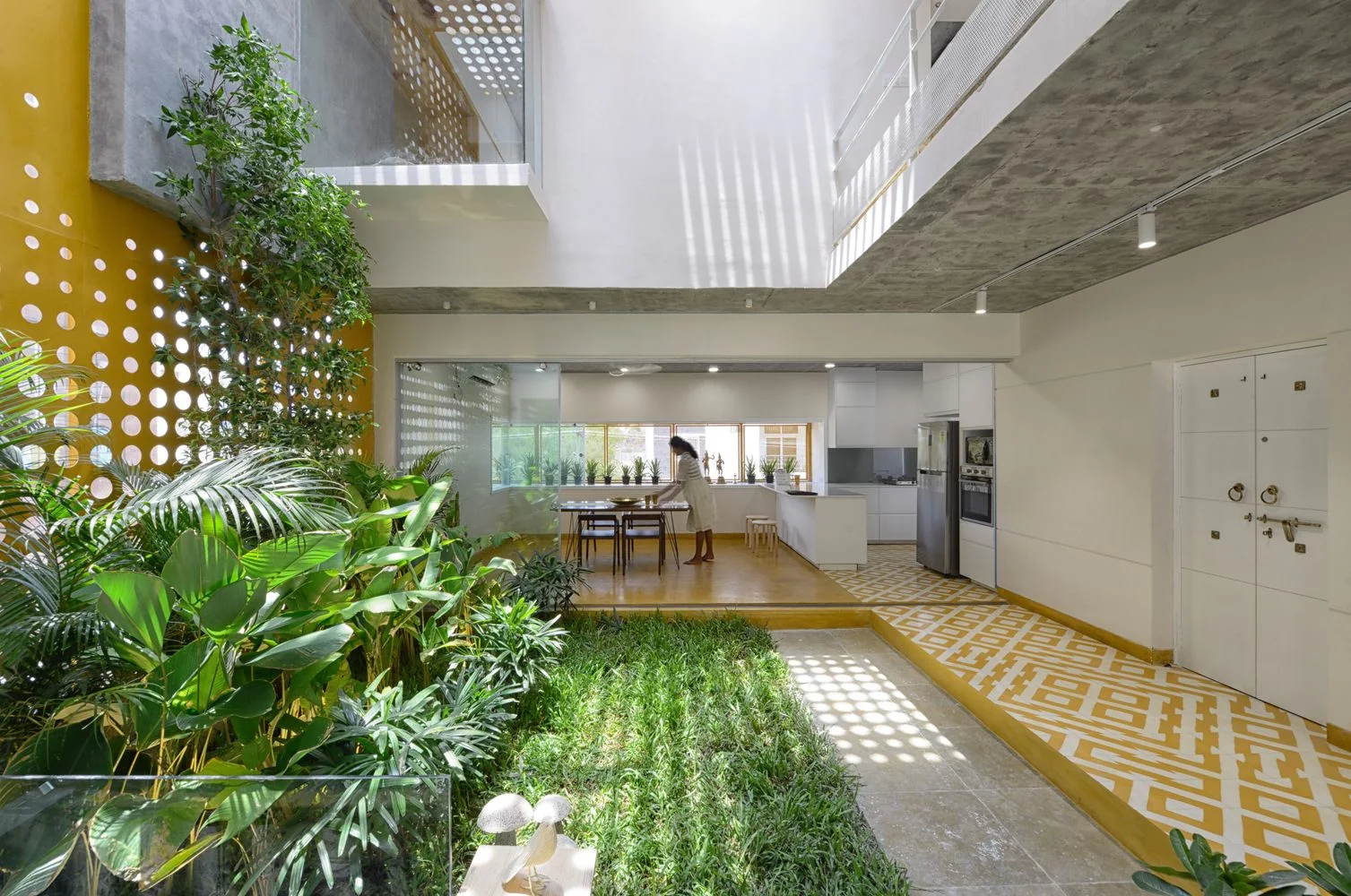 |
| In the current days, there are a lot of new designs that rely on integrating nature inside our spaces for a better green benefit, Photo: linkedIn.con |
Biophilic Design in Practice (Live Project Examples)
a) The Amazon Spheres, Seattle, USA: These innovative glass domes serve as a workplace for Amazon employees, providing a lush environment filled with plants, water features, and natural light. The Spheres create a refreshing and rejuvenating space that promotes creativity and productivity.
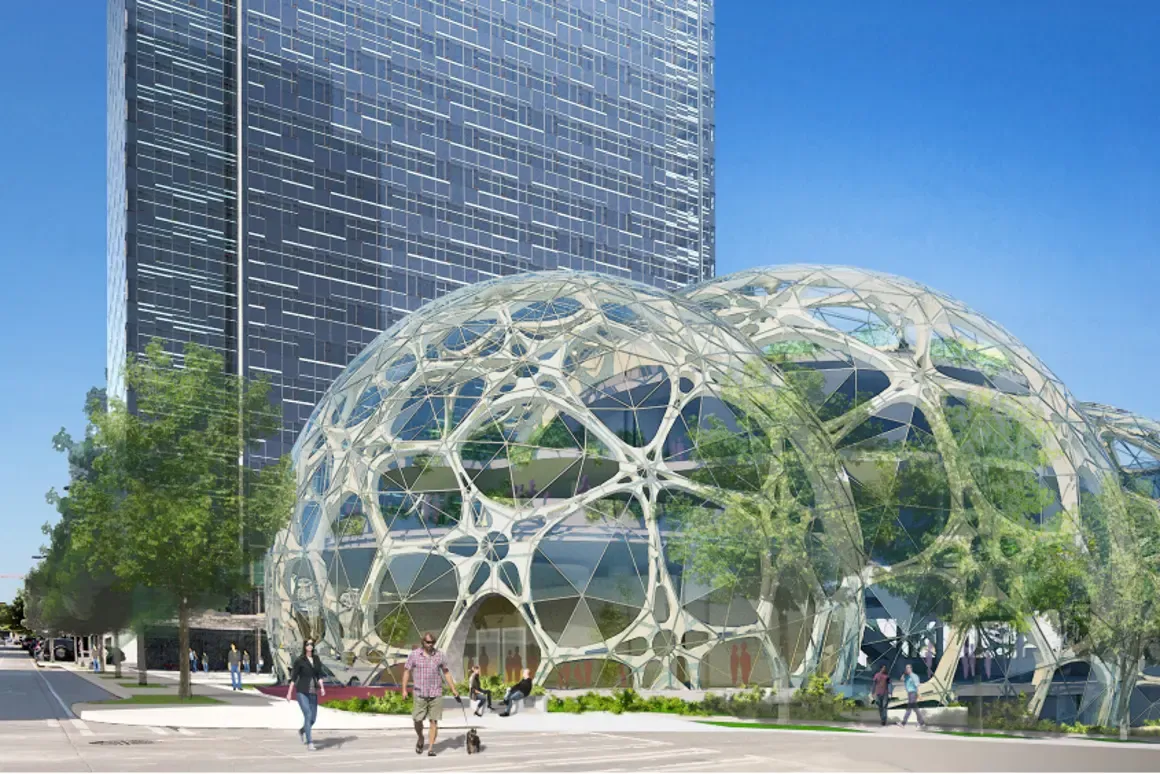 |
| Amazon Spheres in Seattle, Photo: newatlas.com |
b) Gardens by the Bay, Singapore: This iconic botanical garden incorporates innovative biophilic design principles. Its Supertrees, vertical gardens, and climate-controlled conservatories provide visitors with a unique and immersive experience, showcasing the wonders of nature.
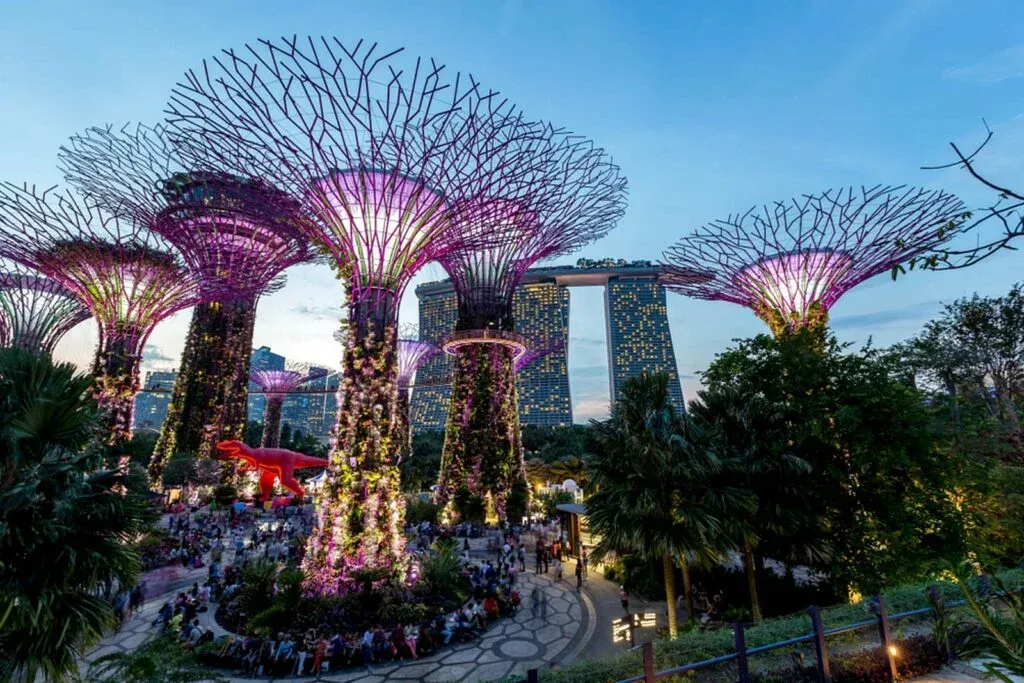 |
| Gardens by the Bay in Singapore: An iconic botanical garden, Photo: safetrolley.com |
c) The Bosco Verticale, Milan, Italy: Translated as "Vertical Forest," this residential complex features terraces filled with trees and plants, creating a living green facade. The design helps filter pollutants, provides shade, and offers residents a close connection to nature in an urban setting.
d) The Bullitt Center, Seattle, USA: Designed to be the greenest commercial building in the world, the Bullitt Center combines sustainable practices with biophilic design. It incorporates abundant daylight, natural ventilation, and rooftop gardens, reducing energy consumption and fostering a healthy work environment.
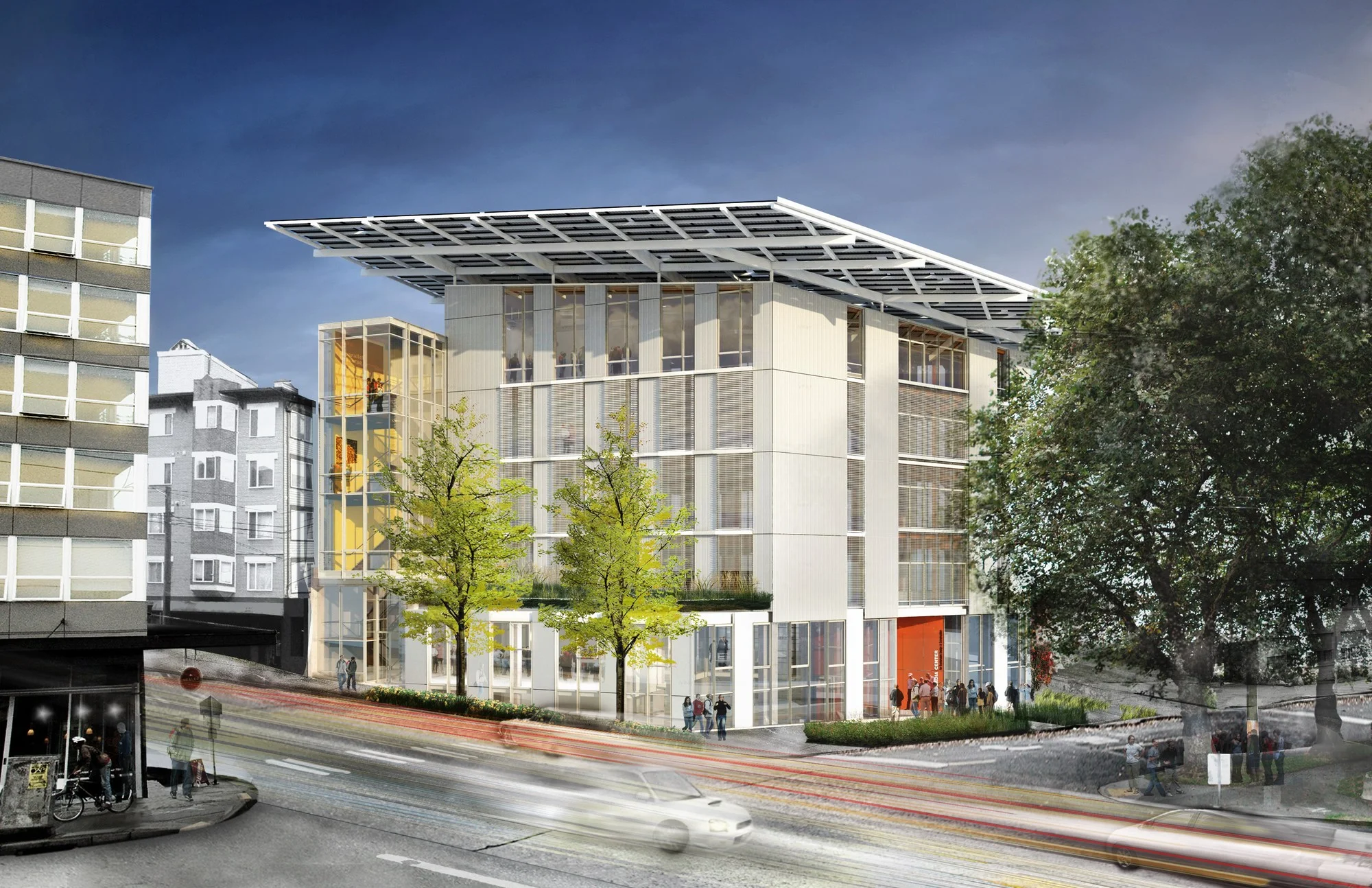 |
| Bullitt Center, Seattle, USA |
Biophilic Interior Design Benefits
The biophilic interior design offers numerous benefits that contribute to the well-being and overall quality of life of individuals in built environments. Firstly, it improves our mental and emotional well-being by creating spaces that evoke a sense of tranquility, reducing stress levels, and enhancing mood and cognitive function. The presence of natural elements, such as plants and water features, promotes relaxation and fosters a connection with nature.
Additionally, it has been found to enhance physical health by improving air quality, optimizing natural lighting for circadian rhythm regulation, and encouraging physical activity through the integration of nature-inspired architectural elements.
Furthermore, biophilic design has been shown to increase productivity and creativity, as well as improve focus and concentration in work and educational settings. By bringing nature indoors and incorporating its principles into design, the biophilic design creates environments that are not only aesthetically pleasing but also beneficial for our overall well-being.
Overall, Biophilic design is an innovative approach that recognizes our inherent connection with nature and aims to create harmonious built environments that improve our well-being. By integrating natural elements, such as light, plants, and natural materials, we can create spaces that promote productivity, reduce stress, and enhance our overall quality of life.
The examples mentioned above demonstrate the diverse applications of the cited design, inspiring us to embrace nature in our surroundings. As we continue to prioritize sustainable and people-centric design, biophilic design will undoubtedly play a vital role in shaping our future built environments.

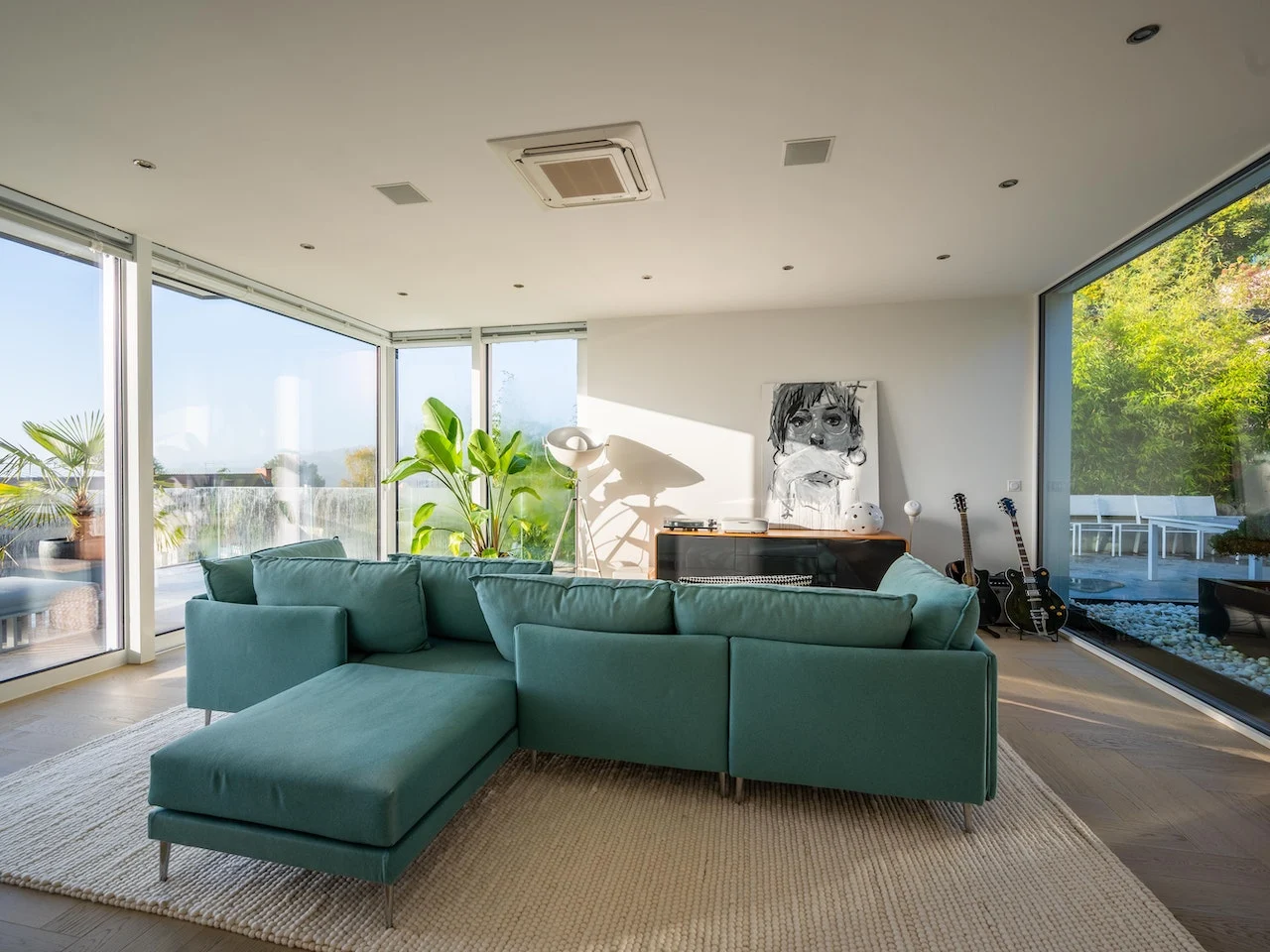

A fantastic blog post. We sincerely appreciate your blog post. If you want to buy home appliances and more then visit JB SAEED
ReplyDelete